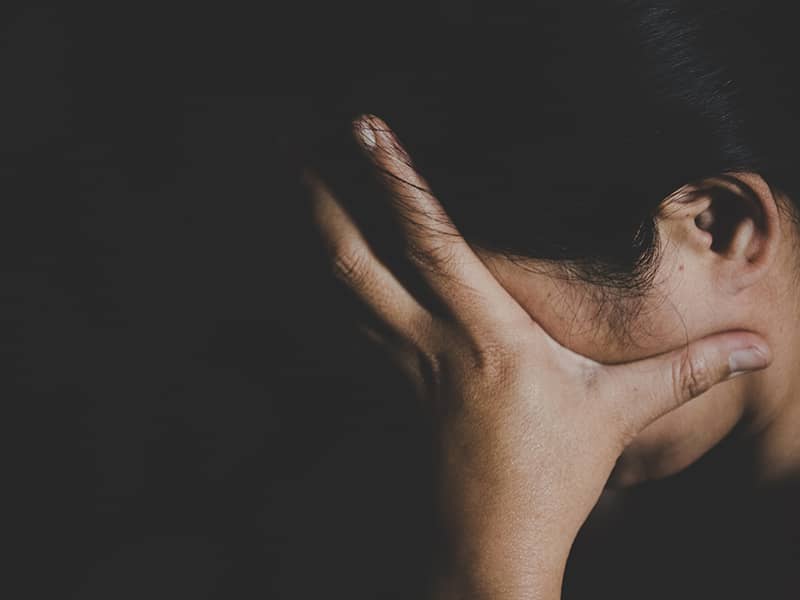It is in the shelter of each other that people live.
--Irish proverb
"They're here! They're here!" shouts four-year-old Tommy. His mother opens the door as he jumps up and down. Standing on the porch is a family of three from our church community, and they are carrying three statues-one of Mary, one of Joseph, and one of a camel. The sculptures of flat hammered brass, about 18 inches tall, are modern and elegant in their simplicity. "Do you have a place for these visitors to stay tonight?" asks the family at the door. "We do! We do!" Tommy says. "Come in!"
The family brings the statues inside and places them on the coffee table next to an Advent wreath. During the next hour the two families share hot cocoa, ginger cookies, laughter, and an evening prayer. After warm goodbyes, Tommy closes the front door. He asks if he can show Mary, Joseph, and the camel to his toys, and one by one he carries the statues to his room. There he introduces them to his trains and stuffed animals and many dinosaurs. Before Tommy crawls into bed, he places the travelers carefully on his nightstand, and has a long conversation with them in the darkness.
A scene very similar to this one will be repeated many times in our community during the weeks of Advent. It is our church's annual enactment of Las Posadas (meaning "lodging" or "shelter" in Spanish), a traditional celebration from Mexico that commemorates the Holy Family's search for a place to stay in preparation for Jesus' birth.
In our adaptation of this ritual, statues of Mary, Joseph, and a camel are taken from home to home for four weeks, with each individual or family hosting these guests overnight. The hosts, in turn, carry the travelers to another home.
To a casual observer, the brass figures appear to be three simple statues. But sometimes the simplest things are the most sacred. As I sit and read the entries made in last year's journal, I recognize that these little statues carry not only a great Story-a pregnant woman and her husband seeking a place of safety for the child's birth, a child who will bring light to a darkened world-but also the stories of our community. As Mary, Joseph, and the camel travel from home to home, they bring along with them the stories and energy and spirit of each household. They connect us with an invisible thread, and I realize that we are all on a journey together.
Last year the first journal entry was made by Margaret, who had been recently diagnosed with leukemia. She had just completed a painful and exhausting round of chemotherapy. Because her immune system was compromised, she couldn't have many visitors. Although only one couple brought the statues to her home, she felt blessed by the entire community. A few weeks later, our beloved friend died of pneumonia.
Another entry was from Louise, who had lost her forty-year-old son a few months before to a sudden illness. Her son's death challenged her faith to its core, and she bravely struggled and prayed for a sense of inner peace. She placed the statues carefully on her mantle, and wrote, "Today I thought of Mary's tragedy losing a young son, and I gained comfort from her.even though we now celebrate his birth."
There are a number of entries from children, expressing their delight in hosting the Holy Family-especially the camel. One boy played the piano for the honored guests; another set out special food for each one. Many included the statues in their bedtime rituals, as they said prayers of gratitude and prayers for those who have no shelter or warmth. Even the adults experienced the sense of something sacred in their midst. One mother of two young sons wrote about how real the statues seemed to her. "The next morning I found myself thinking in the shower, I'll have to be quiet when I go into the kitchen. I don't want to awaken my guests. Strange how such inanimate figures took on a life of their own!"
As I read the entry I made last year, I am reminded how my four-year-old daughter, Julianna, welcomed our visitors. She introduced the camel to her stuffed Rudolph the Red-Nosed Reindeer, and the two animals became fast friends. At bedtime, she set the statue of Mary on my nightstand, and put Jofus (her pronunciation of Joseph) on her dad's nightstand. Of course the camel spent the night next to Julianna's bed. Before taking the statues to the next household, we asked them for a blessing, and we felt, somehow, they were happy to oblige.
A year has passed, and now this archetypal journey will begin once again. Children as well as adults will excitedly open doors and make room for the travelers. Light, music, prayers, food, and friendship will come into our homes, making them sacred space. This is a simple ritual, and yet it carries with it a warm and lasting grace. It helps us to feel connected-not only to our community, but also to something larger. We recognize, with a smile, that we are all part of a Holy Family as we make our way in the world, as we seek and give shelter, as we love one another, and as we bring life into our world.

